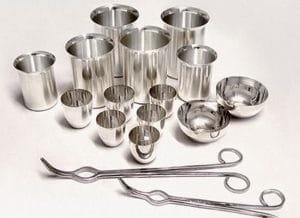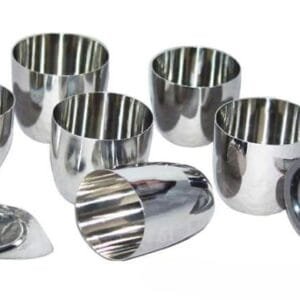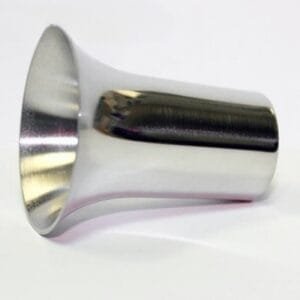Our premium niobium hafnium alloy crucibles are designed for applications in various industries, including metallurgy, chemical processing, machinery, as well as glass and ceramics production. With competitive pricing and excellent quality, these crucibles are highly sought after for their durability and heat resistance.

Applications of Niobium Hafnium Alloy Crucibles
These niobium hafnium alloy crucibles are commonly used in:
- Metallurgical processes
- Chemical industry operations
- Machinery and mechanical processing
- Glass and ceramic production industries
Niobium Hafnium Alloy Crucible Specifications
| Catalog No. | NB0031 |
|---|---|
| Size | Cylinder Cone and Boat |
| Material | R04295 (Nb-10Hf) Nb-10W-10Hf (Niobium 10%Tungsten 10%Hafnium) C103 |
| Purity | 99.9% 99.95% 99.99% |
| Surface | Polished |
Packaging and Shipping
To ensure your crucibles reach you in perfect condition, each niobium hafnium alloy crucible is carefully wrapped in foam and securely packed in sturdy plywood cases. This packaging guarantees safe handling, storage, and transportation.
With these industry-leading specifications and protective packaging, our crucibles deliver reliable performance for a wide range of industrial needs.





Reviews
There are no reviews yet.